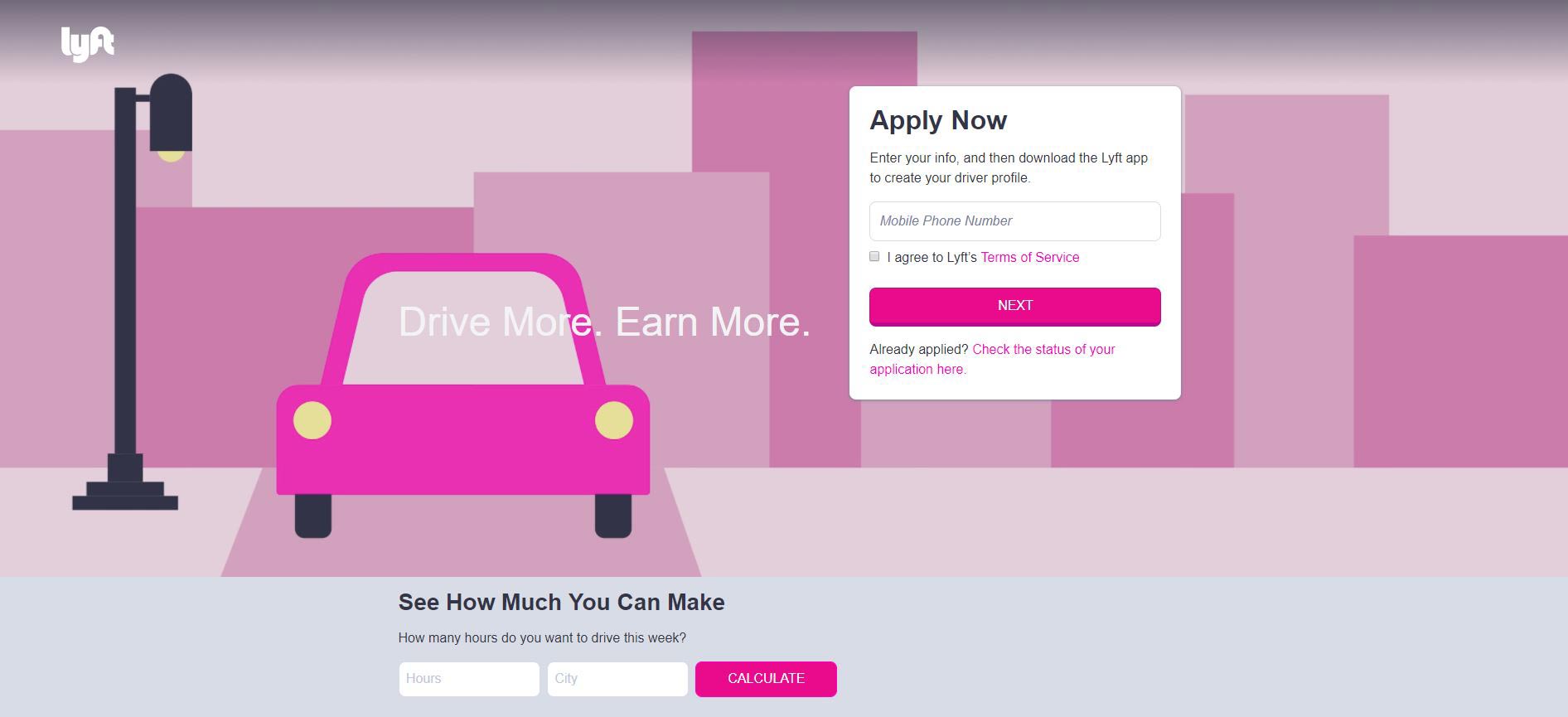When content became digital marketing’s priority, people knew something was going to be changed forever. The delivery of information had a brand new purpose and instrumentation. The articulation of the brand’s goals started happening at a whole new level. That brought many changes in the industry including something that was later going to be known as a landing page.
So What is a Landing Page?
Landing pages. A concept that sounds so abstract that it’s easy to get lost while trying to define it. While there could be millions of ways to explain the actual purpose of such pages, their functionality and essentials remain persistent.
Essentially, a landing page is a web page that a visitor can “land on”. It’s usually distinct from the main website as its purpose is to fulfill a certain single objective and not to navigate globally. Limiting the options available for the visitors guides them to the intended conversion.
Landing pages are usually used for campaigns with the main goal of converting visitors. That’s why the design and UX here play a major role in the decision-making process of the individuals.

There are three general types of landing pages:
- Click-Through Landing Pages
- Lead Generation Landing Pages
- Infomercial Landing Pages
1. Click Through Landing Pages
are like a connecting flight. We use them only as a transition to our main destination. If an ad doesn’t provide sufficient information to guide people to take an informed decision, it’s better to lead them to a click-through landing page first. A page like this will warm up your visitors by introducing them to the full features of the product and only then will they be confident enough to make a purchase.
2. Lead Generation Landing Pages
are the ones that collect user data such as a name and an e-mail address in order for it to be used in the future. The sole purpose here is to capture the contacts of your prospect which will allow you to get in touch with them and market your products and services through e-mail, for example. You can’t, however, directly ask for this sensitive information without providing certain additional content. It can come in the form of a discount coupon, ebook & whitepapers, webinar, free trial, etc.
3. Infomercial Landing Pages
are those ancient scrolls with endless information. Don’t get me wrong! These can be some of your strongest weapons when done carefully. Infomercials are your cheat days! You’re allowed to indulge in excitable language, calls to action, and anything else you might otherwise find a hard sell. Sweet offers that keep building throughout the text will create a feeling of commitment that will later turn into conversions.
How to make it successful?

Lyft‘s Become a Driver page
As we’ve already illustrated, depending on your purposes there are different types of landing page design. While the anatomy of a landing page differs from type to type, the strategies you can implement remain firm.
1. Know Your Objective.
As a brand, you need to be absolutely aware of your objectives before starting a certain campaign. Whether it’s introducing people to your website, upselling them another product, or finding employees (in Lyft’s case), you need to have your goals set straight beforehand.
By that, you’ll know exactly what you expect your users’ journey on your page to be and you can make sure they’re not distracted by something else. In order to measure conversions and achievements, having a clear objective is a must.

2. Know Your Prospects’ Objective.
You might have a certain goal but if it doesn’t match your prospects’ objective, it won’t be achieved. The motivation behind the click is a complex subject to be studied.
You need to be aware of what motivated your prospects to visit your landing page and make sure you do provide the expected content with useful information in it.
When you are using Google AdWords to promote your website, you have to make your landing page relevant to your ads, so that your prospects won’t be disappointed, nor confused when they enter your website.
3. Sell Solutions, Not Products.
We’re all aware you’re acquiring prospective customers by creating a certain landing page. People don’t mind that at all when you serve it the right way. If they find your brand useful and reliable, they will be inclined to make a purchase from you.
That’s why solving problems is what will distinguish you from the million other brands they could be buying from. You can do that by offering additional value through tutorials, ebooks, whitepapers, promo codes, etc. Anything that makes your users feel at ease is welcome.

4. Be a Storyteller, Not a Seller.
People have become especially sensitive to hard-selling techniques and once they consider yours as such, they won’t be willing to keep reading. Time has proven that creating actual enticing content that engages and attracts readers is the best advertising you can have.
5. Make Your Offer Irresistible.
Don’t give away all of the advantages right away. Build up the excitement in your readers by taking the time to introduce every single benefit of your offer before giving them the option to make their choice.
By the time they’ve finished reading, they’ll feel emotionally engaged and connected with your content because of the time they’ve invested in exploring it. That’s when their decision-making will be in your favor.
To summarize:
The right landing page can result in higher conversions than expected. Creating one, however, is a process you shouldn’t neglect. No matter the aim of the page, there are some strategies you can apply in order to engage your users. The most important one remains the quality content that will provide additional value to their experience and make them trust your brand.
